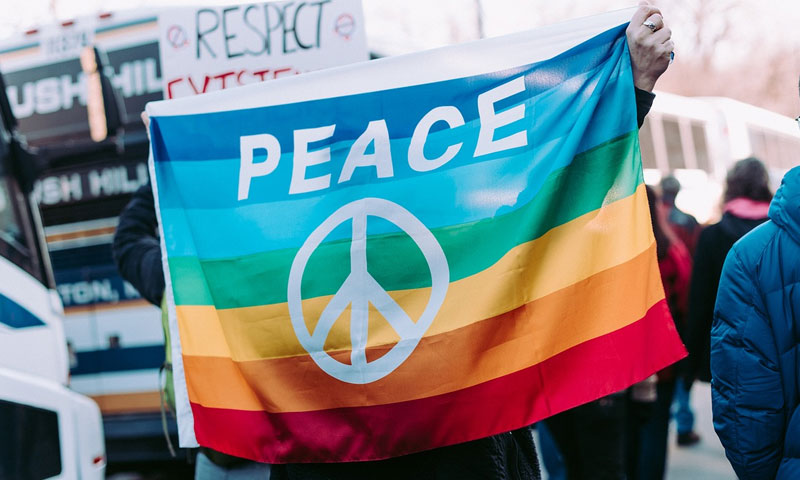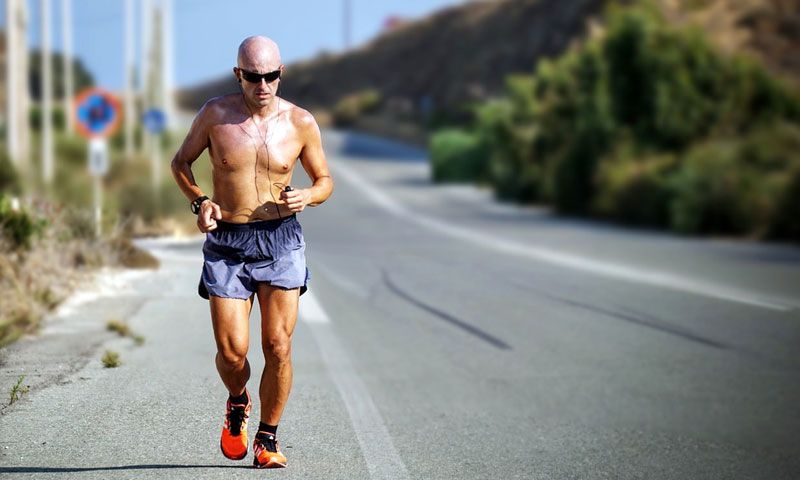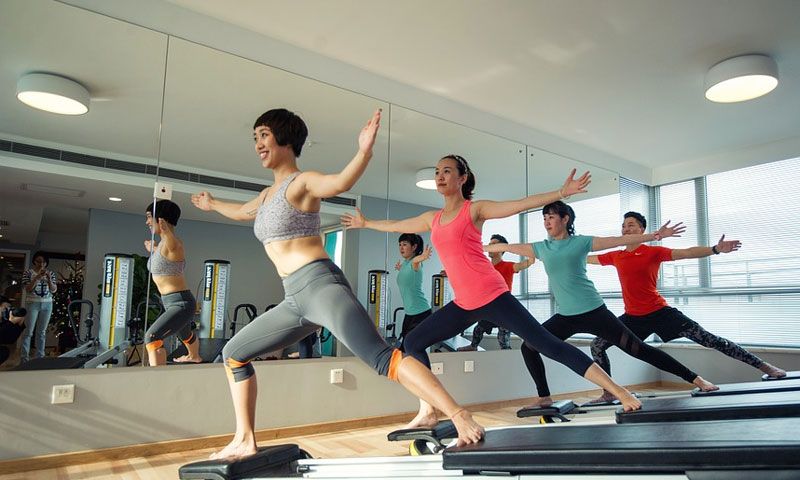Introduction
Peaceful protest is one of the most profound tools humanity has used to create change without violence. Within such gatherings, there are powerful moments of peace that resonate far beyond the protest site — moments when people from different walks of life come together, set aside fear, and act with shared humanity.
From standing silently with candles to offering water to opposing sides, these moments during peaceful protest send messages of compassion, courage, and moral conviction. This article dives deep into real-world examples, historical significance, and strategies to cultivate these moments, while providing practical tips for organizers and participants.

Why Peaceful Protest and Moments of Peace Matter
Reframing the Narrative
When a peaceful protest captures a moment of genuine peace, the story changes. Media coverage shifts from conflict-driven narratives to human-centered ones. According to Amnesty International, nonviolent protests are crucial in advancing rights, as they focus attention on causes rather than chaos.
Building Bridges Instead of Walls
Powerful moments of peace humanize both sides. Opposing groups may see one another in a different light when compassion is shown — for example, offering flowers to officers or helping an injured counter-protester.
Tactical Strength
A peaceful protest has strategic value: it draws wider coalitions, earns legitimacy, and makes it harder for opponents to justify suppression. As The Conversation reports, nonviolent movements historically succeed more often than violent ones.
Historical Foundations of Peaceful Protest
Gandhi’s Satyagraha
Mahatma Gandhi’s philosophy of nonviolent resistance is perhaps the most influential model for peaceful protest. His marches and sit-ins created iconic images of dignity under oppression.
Civil Rights Movement
From Martin Luther King Jr.’s marches to the 1963 March on Washington, peaceful protest produced unforgettable images of moral courage — from hand-holding lines to hymn-singing crowds in the face of hostility.
Global Echoes
In modern times, movements like the Velvet Revolution in Czechoslovakia and the Arab Spring’s early demonstrations have echoed these principles, showing that peaceful protest is a universal language.
Case Studies: Powerful Moments in Action
Silent Vigils
Silent vigils during protests create space for reflection. A famous example was the candlelight protests in South Korea, where millions gathered peacefully to demand governmental change.
Human Shields
Volunteers forming human chains to protect vulnerable individuals or medics create a physical barrier against violence. Such acts are powerful moments of peace within the structure of a peaceful protest.
Cross-Cultural Gestures
In Ukraine, protesters handed flowers to armed soldiers during tense standoffs, an act that went viral for its bravery and humanity.
The Anatomy of a Powerful Peaceful Moment
Planning and Intentionality
These moments don’t always happen by accident. Skilled organizers anticipate and stage opportunities for peaceful protest moments, such as synchronized kneel-ins or mass moments of silence.
Visibility for Maximum Impact
A peaceful moment must be seen to inspire. Media presence and live social coverage ensure the act influences the broader public.
Inclusivity
The most powerful moments occur when all age groups, ethnicities, and abilities participate. It makes the peaceful protest feel truly representative.
How Organizers Can Foster These Moments
Pre-Event Training
Providing de-escalation training helps participants stay calm under pressure, ensuring the peaceful protest remains nonviolent even if provoked.
Strategic Programming
Art, music, and ritual can be integrated into marches to provide structure and focus. For example, a choir singing in mid-march can transform tension into solidarity.
On-Site Support Systems
Medical tents, water stations, and mental health first-aid areas send a message: this is a safe space within the peaceful protest.
The Role of Art, Music, and Ritual
Music as Unifier
Songs like “We Shall Overcome” during the Civil Rights Movement show how music in peaceful protest unites participants emotionally and physically.
Art as Protest Language
Murals painted during demonstrations create lasting messages. They become physical reminders of the values expressed during the peaceful protest.
Rituals of Solidarity
Candlelight vigils, synchronized chanting, or kneeling together are rituals that strengthen the emotional bonds among participants.
Media Amplification of Peaceful Moments
Framing the Story
According to Human Rights Watch, media framing can determine whether a protest is remembered for its violence or its peaceful nature. Organizers who plan visual, symbolic acts help ensure the right story is told.
Social Media Strategy
Hashtags, livestreaming, and viral images of peaceful acts help a peaceful protest gain momentum, even globally.
Emotional and Psychological Impact
Reducing Trauma
Nonviolent acts during a protest reduce stress and trauma for participants, creating positive memories that encourage future activism.
Strengthening Moral Authority
Peaceful discipline under duress builds credibility and draws neutral observers to the cause.
Challenges and Risks
Performative Acts
Not all “peace” moments are genuine. Staged photo-ops can damage credibility if they do not reflect actual movement values.
Co-optation
Opponents may twist peaceful imagery to undermine the protest’s message. This makes control over narrative vital.
Practical Tips for Protesters
- Learn de-escalation techniques.
- Carry basic first-aid supplies.
- Follow guidance from marshals.
- Document peacefully and ethically.
- Stay hydrated and nourished.
Future of Peaceful Protest
To ensure protests remain effective, movements must:
- Train for nonviolence.
- Prioritize inclusivity.
- Use symbolic acts intentionally.
- Document and share moments widely.
Conclusion
Powerful moments of peace during a peaceful protest are more than symbolic — they are strategic, transformative, and deeply human. They remind us that change can be achieved through compassion and courage, leaving a legacy of unity and hope.
10 Frequently Asked Questions (FAQs)
Q1: What defines a peaceful protest?
A: A gathering or demonstration that avoids violence and emphasizes nonviolent means of expressing dissent.
Q2: Can peaceful protests change laws?
A: Yes, many historical examples, like the Civil Rights Movement, prove that sustained nonviolence can lead to policy changes.
Q3: How can organizers keep a protest peaceful?
A: Through training, clear communication, and having marshals or stewards present.
Q4: Are peaceful protests legal everywhere?
A: Laws vary, but most democratic nations protect the right to assemble peacefully.
Q5: What role does media play?
A: Media coverage shapes public perception, so peaceful imagery can strengthen a protest’s legitimacy.
Q6: Do peaceful protests work in authoritarian countries?
A: They can, though risks are higher, and international attention often plays a role in their success.
Q7: How do peaceful protests start?
A: Often through grassroots organizing, social media calls, or community meetings.
Q8: What’s the difference between peaceful protest and civil disobedience?
A: Civil disobedience involves intentionally breaking laws as a form of protest, while peaceful protest may follow legal guidelines.
Q9: How can individuals contribute?
A: By participating, offering logistical support, or amplifying peaceful acts on social media.
Q10: What’s the most famous peaceful protest?
A: The 1963 March on Washington, where Dr. Martin Luther King Jr. delivered his “I Have a Dream” speech, is one of the most iconic.









